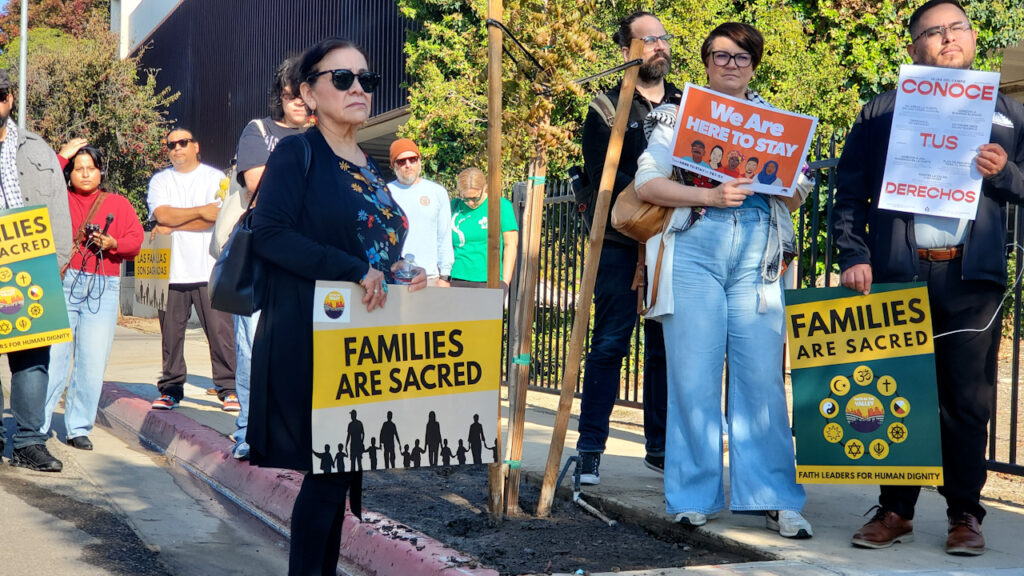Share
|
Getting your Trinity Audio player ready...
|
California is experiencing a unique demographic shift with its population dropping for the first time in recorded history. From January 2020 to January 2023, the state’s population shrunk by nearly 800,000 residents, as reported by California’s Department of Finance. Despite this decrease in population, new housing construction continues, and the vacancy rate remains largely unchanged.
The Housing Paradox
According to Hans Johnson, senior fellow at the Public Policy Institute of California, the current population is comparable to that of 2015, but there are approximately 800,000 additional housing units. This presents a paradox: why is there still a housing crisis in the state? One reason is that fewer people are occupying more housing. Moreover, in most large cities, the new housing supply is not sufficient to offset this trend.
For the last three decades, as Johnson’s research shows, population growth has outstripped the construction of new housing. This has led to an increase in the number of people per household and a rapid escalation in housing prices and rents.
One might assume that a declining population coupled with an increase in housing would help resolve the state’s housing crisis. Yet, as Johnson states, this isn’t the scenario unfolding. Housing prices and rents remain high. Examining trends in California’s large cities (with populations over 100,000) can provide insight into this situation.
Johnson’s analysis found that in recent years, 53 out of California’s 73 large cities have seen a decline in population even as new housing is being built. Oakland is a prime example of this trend, with a significant increase in housing units but a large decline in household population. In contrast, cities like Menifee in Riverside County are experiencing what was once the norm in California: a surge in population driven by an increase in housing.
The Role of Housing Type
Johnson also emphasizes the significance of the kind of housing being constructed in shaping these trends. Cities experiencing population growth are constructing more single-family homes, while those with declining populations are building multi-family units in large buildings. This has significant implications for the type of population accommodated and potentially contributes to the state’s population losses.
Read the blog post by Hans Johnson of the Public Policy Institute of California.



















